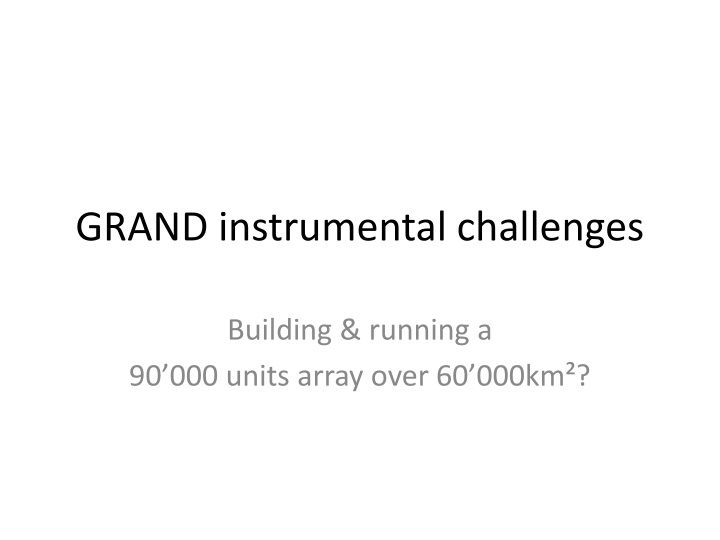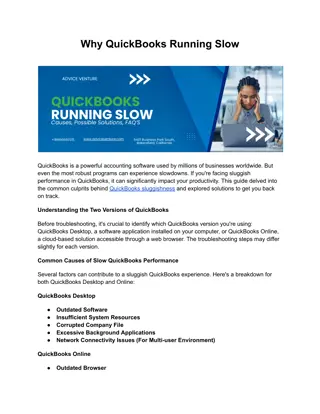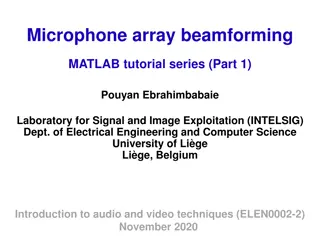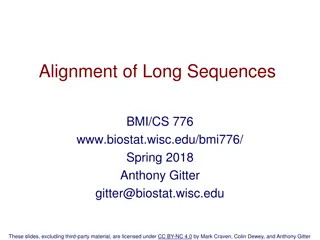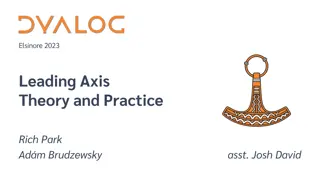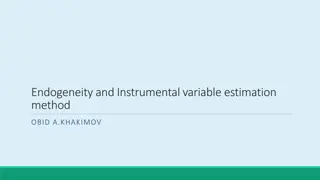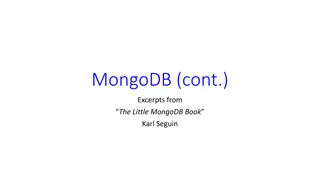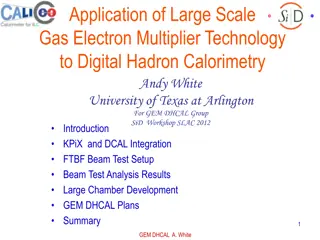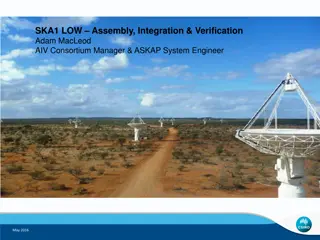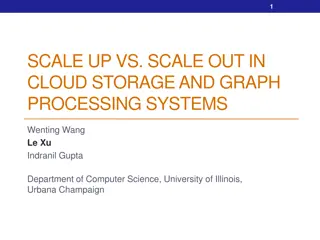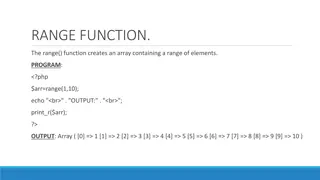Challenges and Key Concepts in Building and Running a Large-Scale Instrumental Array
The GRAND project involves building and running a massive array of detectors over a vast area, with a focus on simplicity and cost-effectiveness. Key components include signal reconstruction, background discrimination, broadband antennas, readout electronics, and data transfer considerations. The budget for each detection unit must remain below a certain power consumption and cost threshold. Various technical solutions and strategies are discussed to address the unique challenges of this ambitious project.
Download Presentation

Please find below an Image/Link to download the presentation.
The content on the website is provided AS IS for your information and personal use only. It may not be sold, licensed, or shared on other websites without obtaining consent from the author.If you encounter any issues during the download, it is possible that the publisher has removed the file from their server.
You are allowed to download the files provided on this website for personal or commercial use, subject to the condition that they are used lawfully. All files are the property of their respective owners.
The content on the website is provided AS IS for your information and personal use only. It may not be sold, licensed, or shared on other websites without obtaining consent from the author.
E N D
Presentation Transcript
GRAND instrumental challenges Building & running a 90 000 units array over 60 000km ?
GRAND detector key concepts Go large, go basic! Use as basic detection units as possible: Easier to deploy Easier to maintain Lower power consomption Less data to transfer Cheaper Some very preliminar ideas
What infos do we really need? Signal reconstruction with trig time (direction) & E-field amplitude (energy) Background discrimination with trigger pattern & polarization. trig time & waveforms (x,y,z) max amplitudes (or integral). (ie full waveform & frequency spectrum not relevant (?)) IF so, only necessary information would be antenna Only 4 words per detection unit!
GRAND antennas Broadband & sensitive active antennas (a la SUBATECH) Signal expected around horizon: limit lobe to few (~20?) degrees in zenith to improve signal/noise ratio & optimize threshold.
Readout electronics Selection/detection of EAS pulses (Sharp) filter Pulse shape discriminator (short/long) Trigger system Amplitude detector / Integrator (basic) ADC+FPGA GPS but how to reach ~ns time resolution? GHz clock synchronized with GPS? Beacon a la LOPES/AERA? (F Shroeder PhD thesis) Analog treatment
Data transfer Key is data volume. IF 4 words x 12bits x 100Hz trig rate = 600 By/antenna/s No need for real time transfert. Data buffering possible to limit communications. Full array: 54 GBy/s (but offline fast coinc search may reduce data volume significantly) Technical solution? wireless UART? (see D. Gerard talk) Data flux/Bandwidth? 1 concentrator for 500 units ~200 concentrators in total. Data handeling: - saved @ concentrator - sent to central DAQ by fiber - GSM: today 80$/GBy in China to be discussed?
Budget for the detection unit Element Power consumption Price Antenna - 10$ LNA ~500mW <10$ x3 Filter - <20$ x3 Signal detection (shape selection & trigger) negligeable ~10$x3 ADC+FPGA ~150mW ~50$ GPS ~100mW <50$ Com. ~100mW 10$ or ? Power generator: solar pannel (or wind mill?) - ~50$ Mechanics - 100$ Cables, connectors & PCB - 100$ Total ~ 1W 490$ Should remain below 2W & ~500$/unit.
P Lautridou @ Clermont Ferrand GHz electronics workshop 2011
P Lautridou @ Clermont Ferrand GHz electronics workshop 2011
